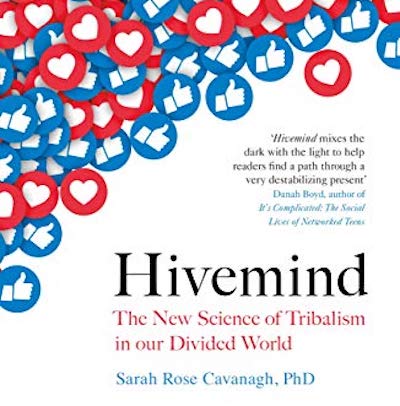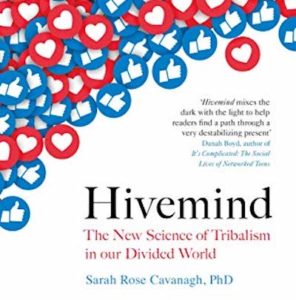Here in the US, we’re having something of a national debate about the benefits/harms of social media.
The potential ban of Tik Tok is just the most visible example of the current fervor on the topic.
When we consider such heated question, research offers us several benefits.
Specifically, it helps us get past vast and unproveable assertions:
“Social media is destroying a generation!”
“No! Social media will transform education and allow discovery and dialogue across the globe!”
When we turn to a research-based approach, we start asking narrow questions, measuring precise variables, and following well-established protocols.
So, let’s ask one of those precise questions: “does time on social media help consolidate new learning, or does it interfere with new learning?”
A research team in Germany wanted to know just that…
Let’s Get Quizzical
Happily, memory researchers have lots of experience in measuring this kind of question. So, they could follow well-established procedures.
In this study, sixty seven college students in Germany learned Icelandic-German word pairs.
Immediately after doing so, half of them chatted away on Facebook or Instagram for eight minutes.
The other half put their heads down and rested quietly for eight minutes.
The research team measured their memory for those word pairs the following day.
Did the social-media users remember more, or fewer, word pairs?
I’m so glad you asked…
Possibilities, Possibilities
Before we open that envelope, let’s consider possible outcomes.
We could predict that social media usage would distract these students from the word pairs that they just learned. So much tweeting and ticking and toking will naturally interefere with memory formation.
Or, we could predict that social media will let students explore and extend their thinking. They might be intrigued by a particular Icelandic word, and start looking up cool Icey stuff and sharing Viking-sounding words with their online friends. All these connections might strengthen memories.
So, which is it?
In this case, the answer was clear: time on social media distracted students and reduced learning. (How much? The Cohen’s d was 0.33; not huge, but certainly noticeable.)
When we set our passions aside, ask a precise question, and measure the answer — we get helpful new data.
Not So Fast Now…
Although I (for one) am glad to have these data, we always have to acknowledge the limits of our research-based conclusions.
This research was done with German college students learning word pairs.
Would we get the same results with, say, Brazilian 2nd graders learning math?
Or, Japanese students on the autism spectrum practicing art?
We can’t say for sure, because this study didn’t examine those combinations of participants and disciplines. I don’t see any obvious reasons why the results would be different, but we should remain open to those possibilities.
More substantively, this one study does NOT allow us to conclude…
… students who use MORE social media are worse students than those who use LESS, or
… social media destroys children’s ability to focus, or
… parents should forbid their children from using Instagram or Facebook.
Other research studies might answer the first two of those questions; parental judgment will have to take on the third.
All those caveats being duly registered, I think we can draw this reasonable conclusion:
Common sense suggests that that social media use will distract students from stuff they might want to remember — especially they turn to Instagram right away. This research supports that presumption.
Keeping social media away from active learning experiences is — in most cases we can reasonably foresee — almost certainly a good idea.
Martini, M., Heinz, A., Hinterholzer, J., Martini, C., & Sachse, P. (2020). Effects of wakeful resting versus social media usage after learning on the retention of new memories. Applied Cognitive Psychology, 34(2), 551-558. https://doi.org/10.1002/acp.3641






